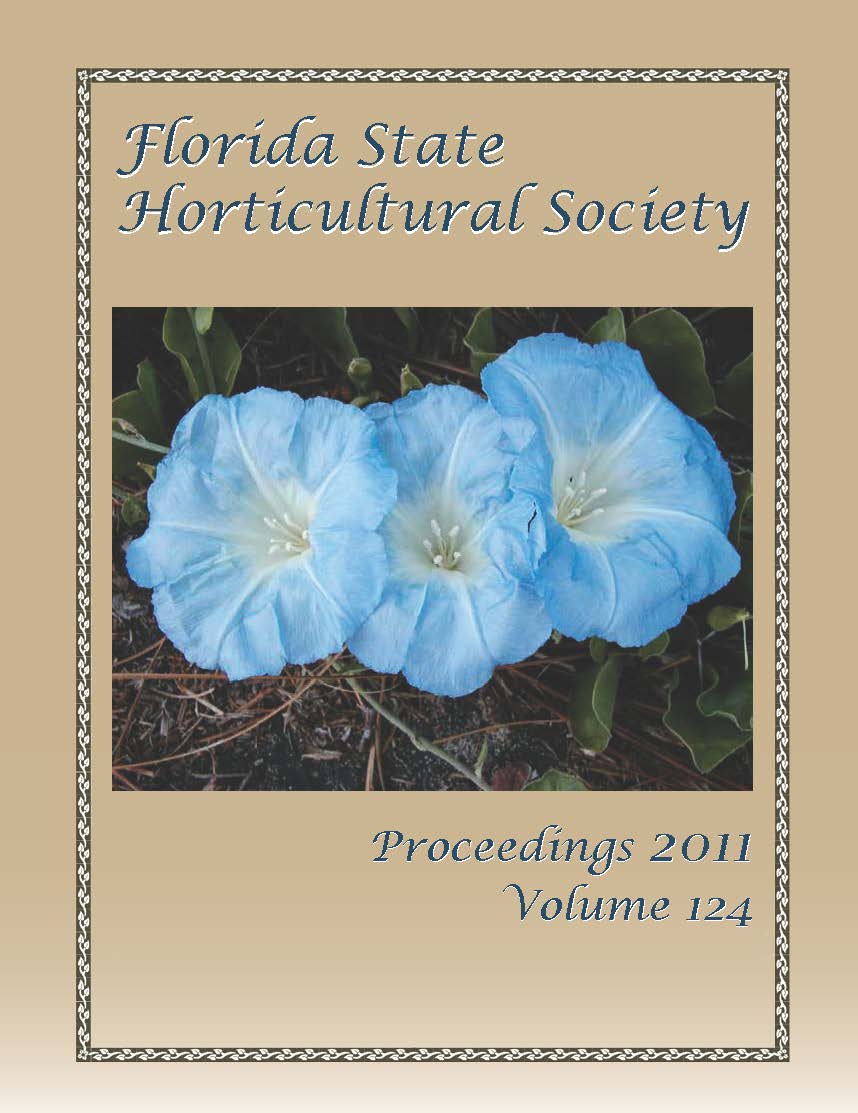Disinfestant Chemicals to Control Waterborne Pathogens Are Deactivated by Peat Particles in Irrigation Water
Published 2011-12-01
Keywords
- chlorine,
- bleach,
- activated peroxide,
- peroxyacetic acid,
- quaternary ammonium chloride
- disinfestation,
- disinfection,
- oxidation reduction potential,
- sanitation,
- water treatment ...More
Abstract
Recycling of irrigation water increases water use efficiency, but can also increase the risk of disease transmission to crops. Disinfestant chemicals applied to control pathogens may also react with unfiltered peat and other organic particles present in recycled water. The objective was to quantify the persistence of sodium hypochlorite (using Clorox® Regular-Bleach), activated peroxide (using ZeroTol™), and quaternary ammonium chloride (QAC, using GreenShield™) in water to which peat-based substrates were added. Free chlorine concentration dropped rapidly (within 30 mins.) from 2 to 0 mg·L
–1 following addition of 0.2 grams (dry weight) of a 60% peat/40% perlite (v/v) substrate to 1L of chlorinated water, and total chlorine dropped from 2 to 0.3 mg·L–1. Concentrations of hydrogen dioxide (H2O2) and peroxyacetic acid (PAA) in the activated peroxide solution and QAC in the Greenshield® solution also decreased in the presence of a 100% peat substrate, but were less sensitive than chlorine to peat substrate. At 300 mg·L–1H2O2 and 20 mg·L–1 PAA, residual concentration decreased to 217 and 3 mg·L–1at day 7 for H2O2
and PAA, respectively, following addition of 1 gram (dry weight, equivalent to 10 mL·L–1) of a 100% peat substrate to 1 L of activated peroxide solution. QAC concentration dropped from 615 to 250 mg·L–1 within one day following 1 gram of the dry peat substrate in 1 L of QAC solution. Results emphasize that disinfestant efficacy decreases with increasing organic load, particularly for chlorine solutions, and the need for both filtration and real time monitoring of sanitizing chemical concentration.

